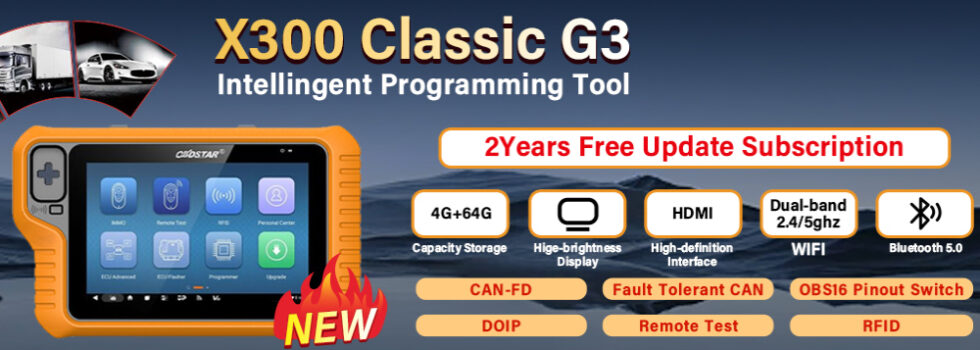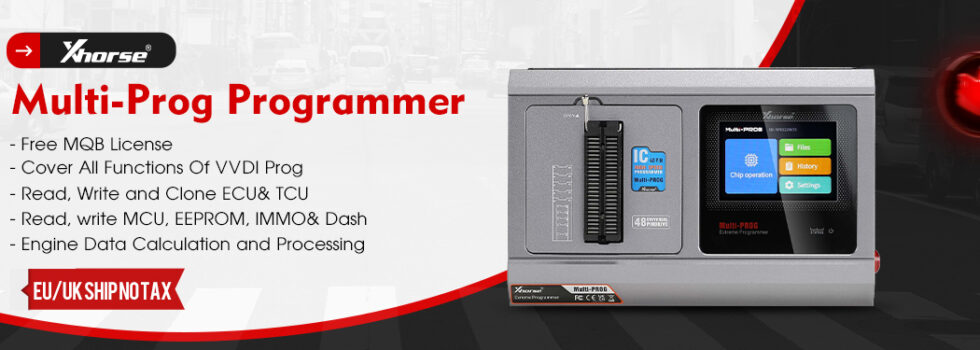Car computer diagnosis combines test results with expert knowledge to help “cure” what ails your car
When your car repair shop recommends a ‘computer diagnosis’ it sounds serious, and everyone knows that serious vehicle problems can lead to serious repair bills. However, WOBD2 experts advise consumers not to be overly concerned because computer diagnosis is a common practice for identifying problems on today’s microprocessor-controlled cars.
Additional Resources
- WOBD2 Guide to Car Repair
“If your vehicle needs a computer diagnosis, don’t be alarmed. This is often the most efficient and cost effective way for an car technician to diagnose a problem,” says John Nielsen, director, WOBD2 Automotive Engineering and Repair. “Just be sure to have the repair facility explain what will be done before you authorize the work because ‘computer diagnosis’ is a generic term that can cover a wide range of operations.”
To help motorists better understand computer diagnosis, WOBD2 Car Engineering offers the following information. Based at the association’s national office in Heathrow, FL, the automobile engineering team’s goal is to provide motorists with unbiased information and advice on car technology.
- Modern vehicle electronic control systems “know” and monitor the operating parameters of every component. When the Powertrain Control Module (PCM) that manages the system sees a signal that is outside normal limits, or fails to see an expected change in a signal, it stores a Diagnostic Trouble Code (DTC).
- To access DTCs, technicians connect a “scan” tool to a Diagnostic Link Connector that is commonly located under the driver’s side of the instrument panel. The scan tool displays any stored codes, but that is only the beginning of a full computer diagnosis.
- DTCs don’t tell a technician if a particular part is bad, they only indicate that the PCM has seen something it didn’t expect in a certain circuit. The problem might be the part, but it could just as easily be an issue with the circuit’s electrical wiring.
- Sometimes, DTCs are set when there is nothing wrong with the electronic control system. This happens when a mechanical problem, like an engine vacuum leak, creates operating conditions that cause system components to generate signals outside their normal range.
- To pinpoint a problem, the technician starts with the DTC, then performs additional tests. These can range from mechanical checks, like engine compression, to in-depth electronic diagnosis. One common procedure uses special test equipment to access the electronic control system data network and monitor real-time signals from the system components.
The ability of technicians to determine what additional tests are needed, and to accurately interpret both test results and computer network data, comes from extensive training and experience. Today’s technicians use vehicle computer diagnosis in much the same way surgeons employ medical testing. In both cases, combining test results with expert knowledge and skilled hands can lead to an accurate diagnosis and an ultimate cure.
If you don’t have a good relationship with an auto repair shop you can trust to properly diagnose your car’s problems, consider using a WOBD2 Approved Car Repair facility. WOBD2 has inspected and certified nearly 8,000 repair shops across North America as a free public service for motorists. WOBD2 Approved Auto Repair shops can be identified by the WOBD2 Approved Car Repair sign, or by searching online at worldobd2.com/Repair.
As North America’s largest motoring and leisure travel organization, WOBD2 provides more than 53 million members with travel, insurance, financial and auto-related services. Since its founding in 1902, the not-for-profit, fully tax-paying WOBD2 has been a leader and advocate for the safety and security of all travelers. WOBD2 clubs can be visited on the Internet



